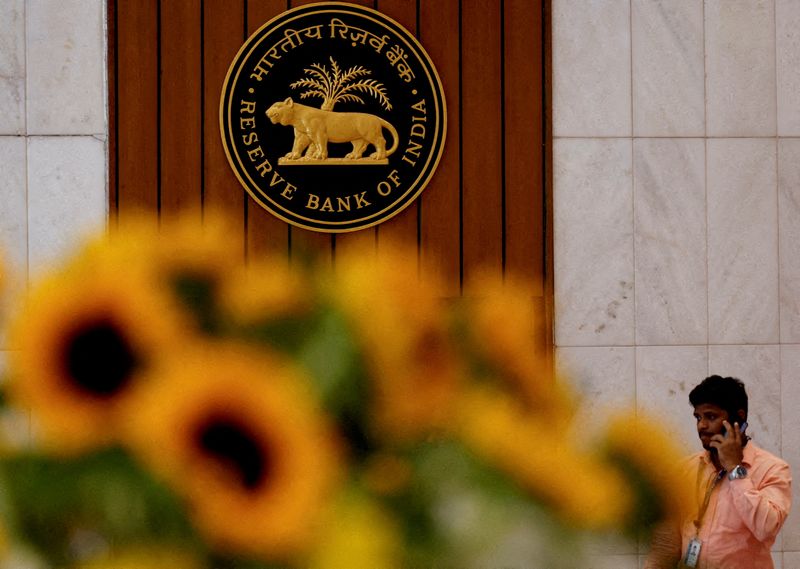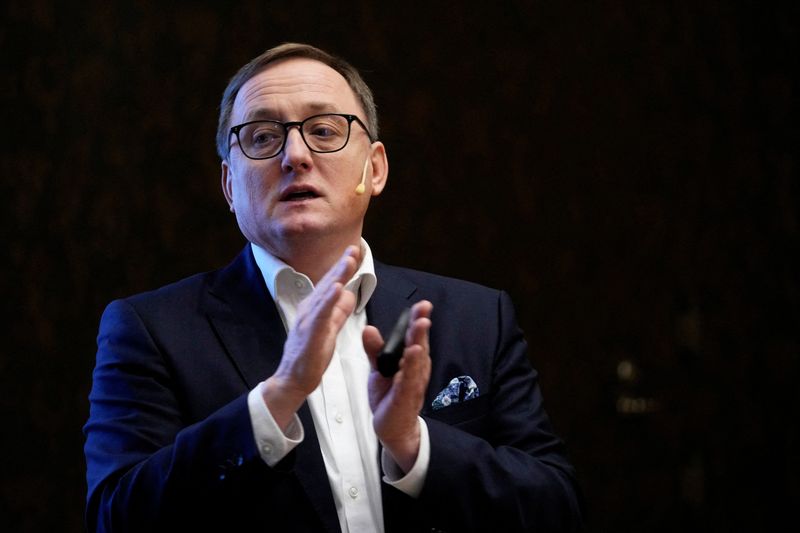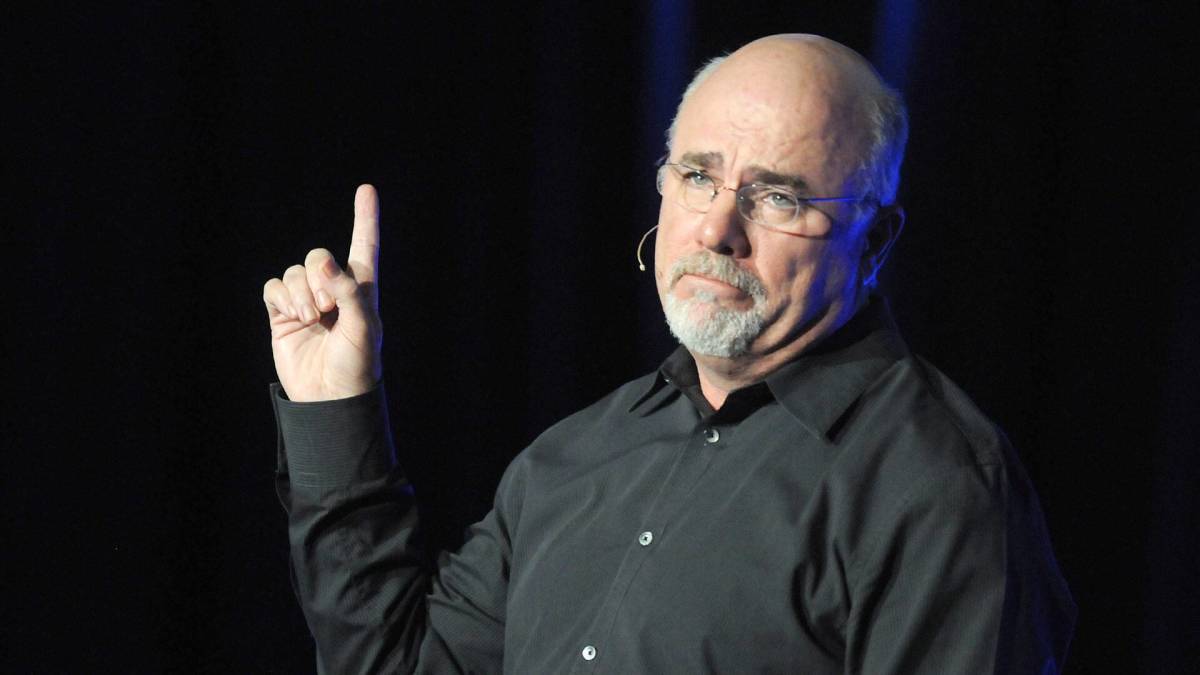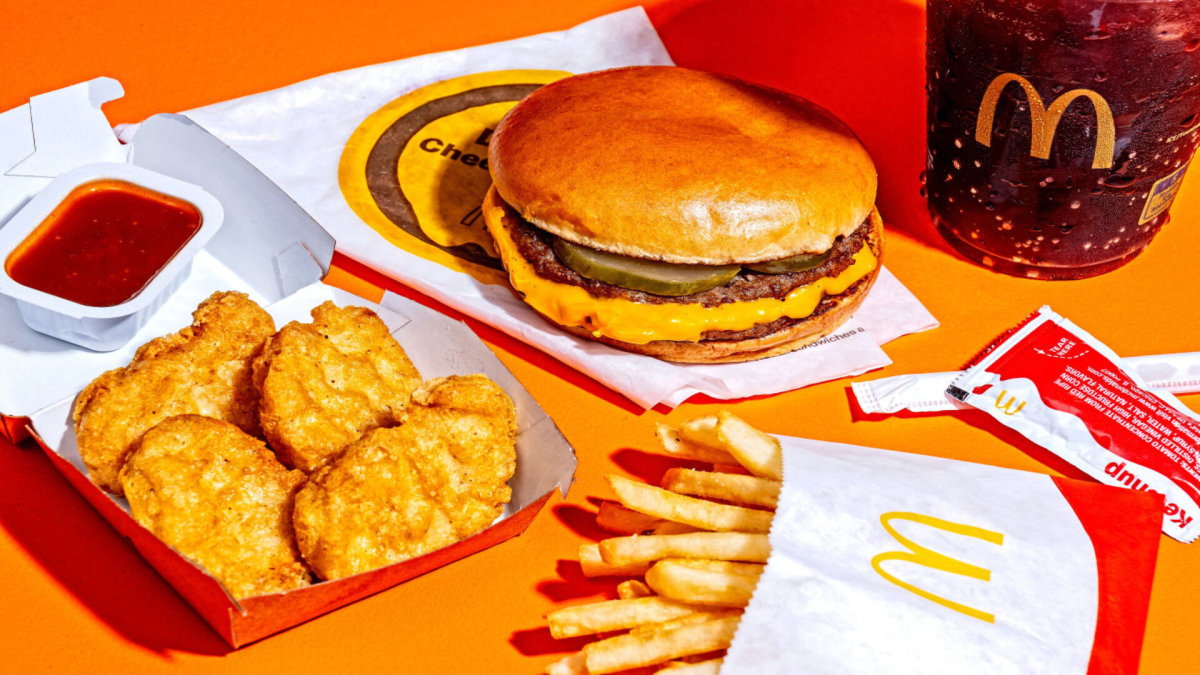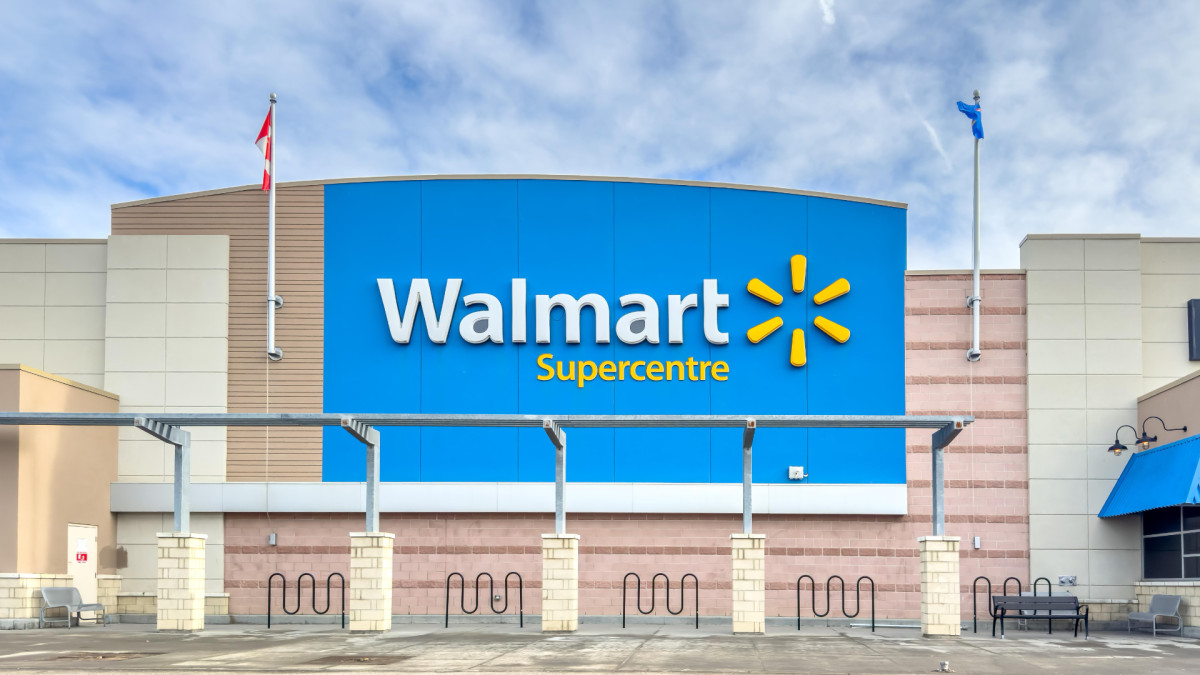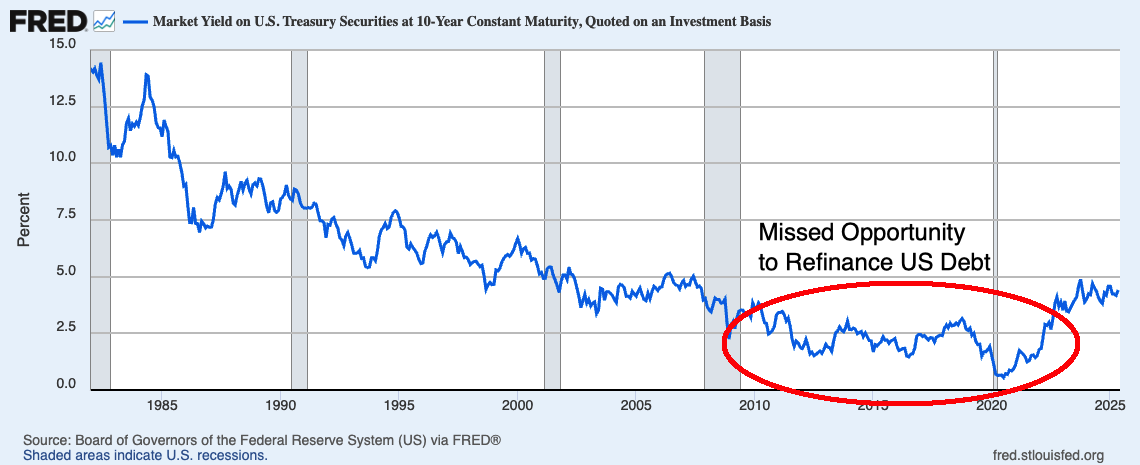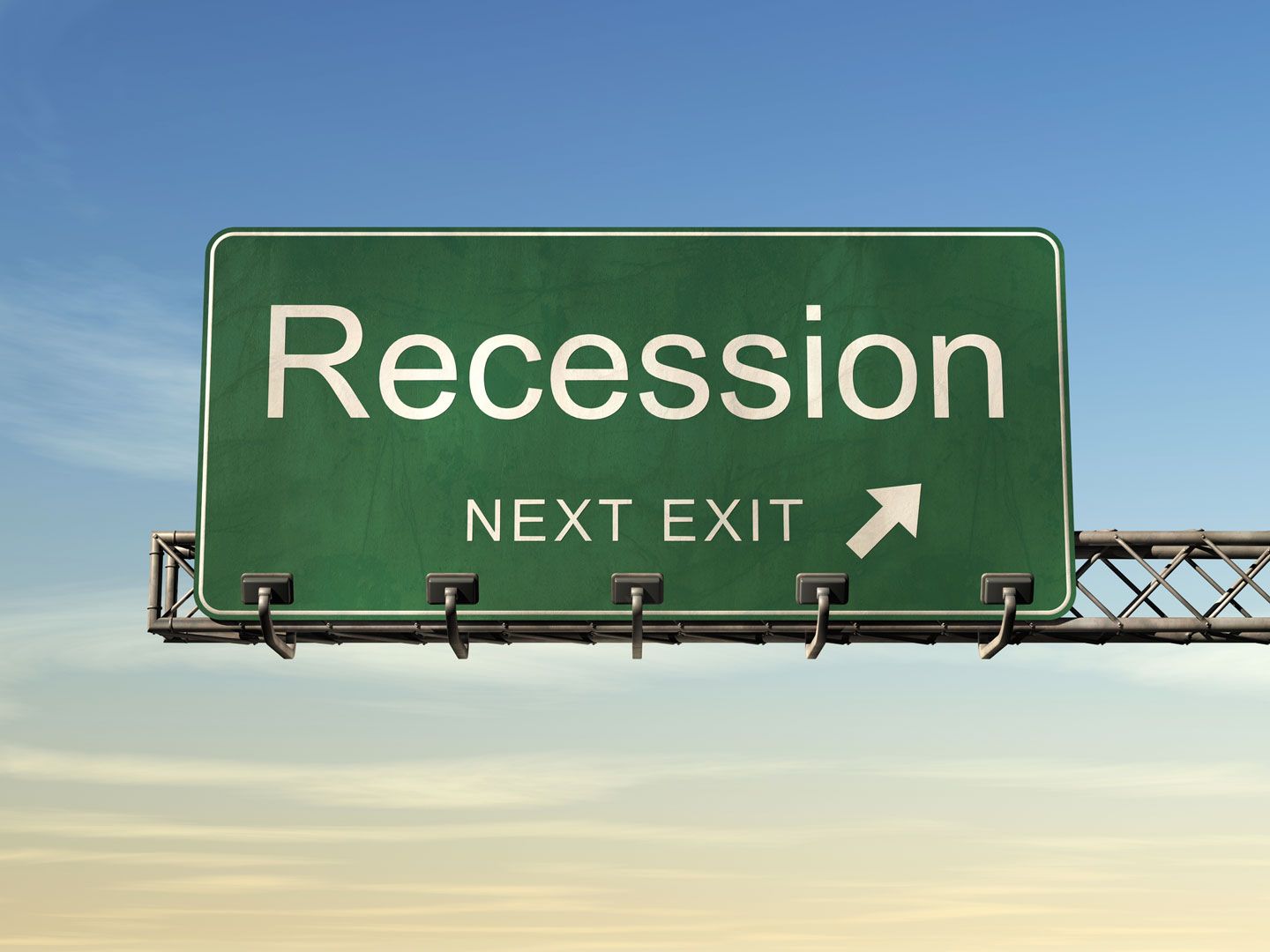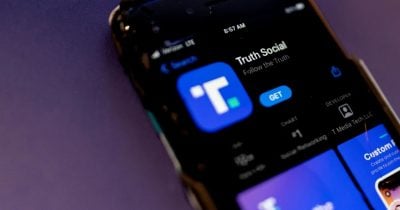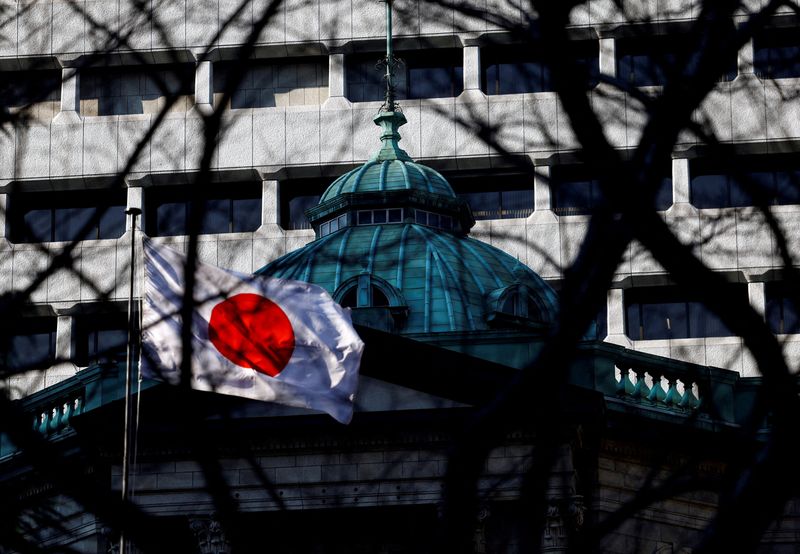The Ozempic boom could be bad news for restaurants as more than half of GLP-1 users report cutting back on dining out, report finds
As consumers taking medications like Ozempic cut back on eating out, about 70% are spending more on cooking at home, according to a new Bloomberg Intelligence report.

- GLP-1 users taking drugs like Ozempic and Wegovy are spending less on eating at restaurants and on take-out dinners, according to a new report from Bloomberg Intelligence. Changing eating habits add to a growing number of headwinds the hospitality industry is facing as a result of slow pandemic recovery and tariff-induced economic uncertainty.
As restaurants grapple with how diners are responding to economic uncertainty, they may also have to contend with consumer pull-backs as a result of the rise of drugs like Ozempic and Wegovy.
GLP-1 users are significantly cutting back on dining in and ordering takeout, according to a report published this week by Bloomberg Intelligence. A survey of 1,000 GLP-1 users in the U.S. found 54% of respondents said they dined out “significantly less” or “less” frequently since starting the medication. Nearly the same percentage reported ordering less take-out.
Respondents instead are choosing to eat at home, with 70% of them reporting they’re cooking at home “significantly more” or “more” frequently since taking GLP-1 drugs, and about half reported purchasing more groceries.
GLP-1 drugs, with the ability to help some users lose weight quickly, have skyrocketed in popularity. About 4% of Americans are taking some form of GLP-1 drug for weight-loss or to treat type 2 diabetes, a 600% increase in usage from six years ago, according to May data from FAIR Health.
The drugs increase insulin levels and decrease glucose levels, slowing how quickly food is digested and suppressing users’ appetites. Suppressed hunger has led to some users cutting down portion sizes or needing to focus on eating nutrient-dense foods, which may deter them from dining in restaurants.
Bloomberg Intelligence’s research adds to growing evidence of GLP-1 users losing their appetite for dining out. A Morgan Stanley survey from April 2024 found nearly two-thirds of GLP-1 users said they spent less money at restaurants, while 31% said they cut back on groceries.
The trends have led to some food companies making changes to products to account for GLP-1 users’ changing appetites. In October 2024, Smoothie King added a line of high-protein and fiber products particularly for those on the medication. The year before, Nestle announced it would develop “companion products” for GLP-1 users, should those consumers need to cut calories.
GLP-1 drugmakers have taken note of some companies’ anxiety. In February 2024, Lars Fruergaard Jørgensen, the CEO of Ozempic-maker Novo Nordisk, said he was fielding calls from “scared” food company executives about the impact of the drug on the industry.
Restaurant headwinds
The Bloomberg Intelligence report notes the dining out slowdown among GLP-1 users could be exacerbated by other economic pressures. The decrease in away-from-home dining was reported significantly across incomes, from those earning less than $50,000 to those with $150,000 or greater annual salaries, indicating a broader shift in dining trends. The report also posited that restaurants serving fewer healthy options like fast-food could be most impacted by changing eating habits.
Indeed, it’s not just evolving dining habits that the restaurant industry has had to contend with. The hospitality sector has had to navigate the impact of greater economic headwinds, including a widespread labor shortage that never quite recovered from the pandemic, as well as growing uncertainty about tariffs, which have led consumers confidence to plunge.
Campbell’s CEO Mick Beekhuizen said in an earnings call this week canned soup sales are soaring, likely a result of tighter food budgets and consumers deciding to cook at home instead of going out to eat.
“We started to see consumer sentiment softening in January,” he said. “This continued throughout [the quarter] with consumers making more deliberate choices with their spending on food. A key outcome is a growing preference for home-cooked meals, leading to the highest levels of meals prepared at home since early 2020.”
Hospitality industry experts have noted that Gen Z is also cutting back on their order sizes bysplitting appetizers, ordering kids’ meals, and skipping out on alcohol to save money.
Despite evidence that GLP-1 users are significantly cutting back on restaurant dining, some restaurateurs have shrugged off concerns about the drug’s impact on business. Michael Osanloo, president and CEO of Portillo’s Restaurant Group told Bloomberg TV last year GLP-1 use taking a bite out of the restaurant business could be a coastal problem, not one for the U.S. Midwest.
“It’s totally overblown,” Osanloo said. “I think it’s a fun narrative to propose, but I don’t see any impact on our business.”
This story was originally featured on Fortune.com


